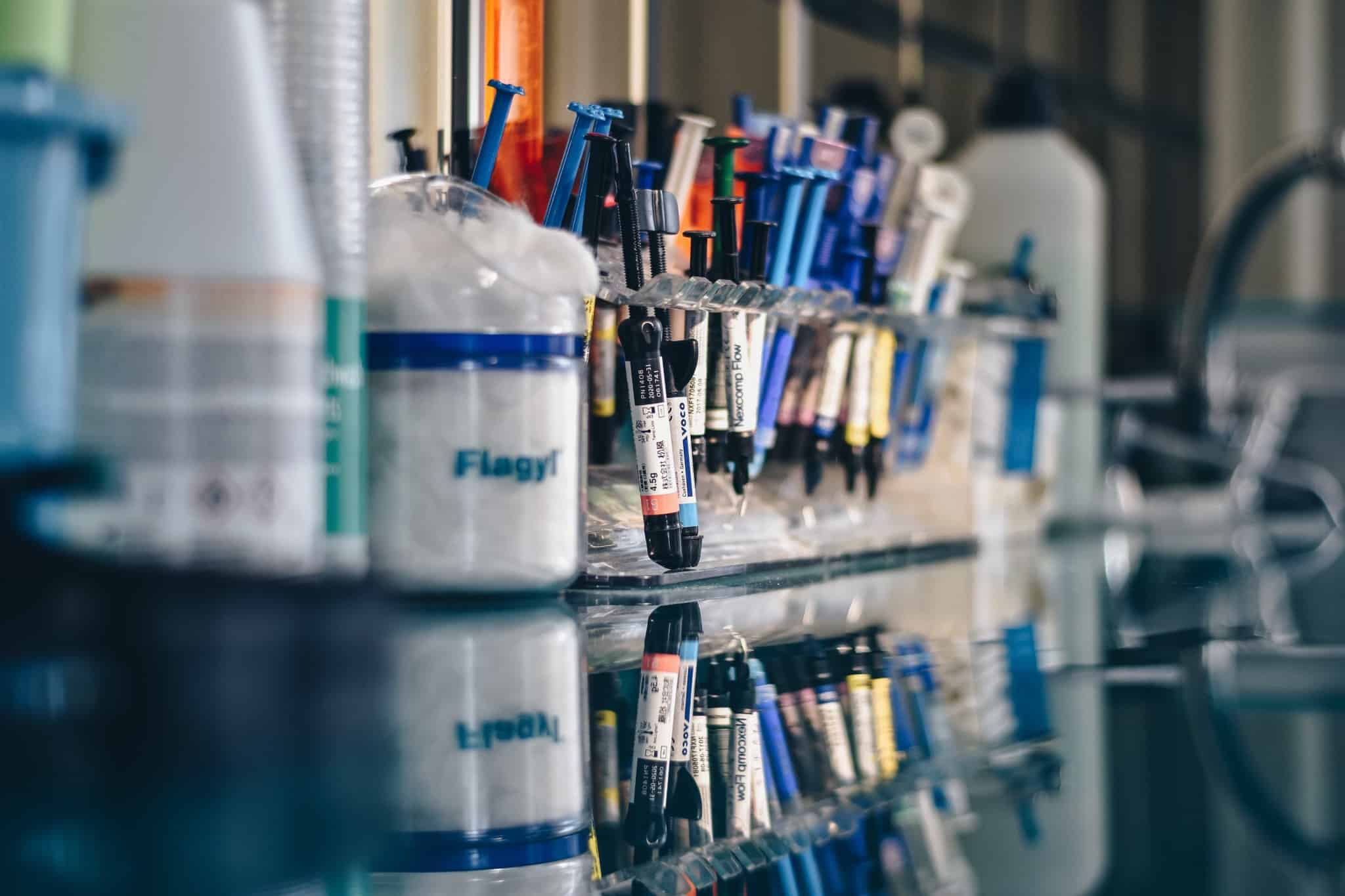Remember that your grade in Biology is not only down to your final exam. 20% of your overall grade is determined by your Internal Assessment. As such, we want to make sure that you can get the top marks possible in this crucial part of your IB. This isn’t an easy assignment, so our top biology tutors have put together this blog in which we’re going to outline the top 5 tips to ensure that you have all the components of a successful IA! These components are based on the criteria that you’re graded upon.
#1: Personal Engagement
The IA needs to be related to your life. An experiment that lacks any significance to your life, or where you fail to show a reason why the findings can influence your life, will naturally be downgraded. A way to do this is to ensure the research question is relevant to local issues.
Designing a unique experiment and research question. Sure, you can grab a topic from a list of Biology IA topics, but if you don’t then take that and alter it so that it is unique to you, you will definitely lose points to personal engagement!
https://lanterna.com/wp-content/uploads/2020/11/circle-cropped-5-min.png
Get Support from a Top Tutor Today
At Lanterna we have over 300 tutors who smashed Biology. They know exactly how to get an 7 in your Biology IA and can give you tips and tricks on how you can do the same. What are you waiting for? Get your own tutor today!
Get Your Tutor Today
#2: Exploration
A quality research question is essential to a high IB grade. A few tips are that your research question should:
- Cut to the chase – don’t be too wordy
- Be self-explanatory – you shouldn’t need another sentence to explain what your research question means
- Establish a dependent variable
- Establish an independent variable
In addition to your research question, your variables (independent, dependent, and controlled) must be clearly defined along with a brief description about how each will be measured.
Make sure to establish a hypothesis that is backed by scientific thinking and based upon the predicted relationship between your variables.
#3: Collecting Data
The magic number is 25 – this is the minimum number of samples that must be obtained for your experiment. Why 25? 5 trials for each of the 5 values you’ve chosen for your independent variable. For example, if you are considering what a change in X has on variable Y, you would choose 5 different values of X and record the value of Y at each X through 5 trials!
#4: Conclusion and Evaluation
In your conclusion, make sure to refer back to your original hypothesis. Was it correct? Why or why not? Were there any significant differences from what you expected? If so, what may have caused these differences?
The evaluation is your chance to discuss any limitations in your experiment and potential weaknesses in the methodology you’ve chosen. Can these results be trusted, or is the reliability questionable? We recommend including what you would change if you were to do the experiment again to get greater accuracy or precision of data.
#5: Format
Just because it’s a science IA doesn’t mean we can forget about the rules of essay-writing that we’ve learned in other classes. Referencing and citing your sources is just as important in biology as it is in any other subject.
Make sure to use in-text citation in MLA format, and a bibliography at the end of your IA.Just like all official IB submissions, your IA should be typed in a standard 12pt font.
Get Your Tutor Today


